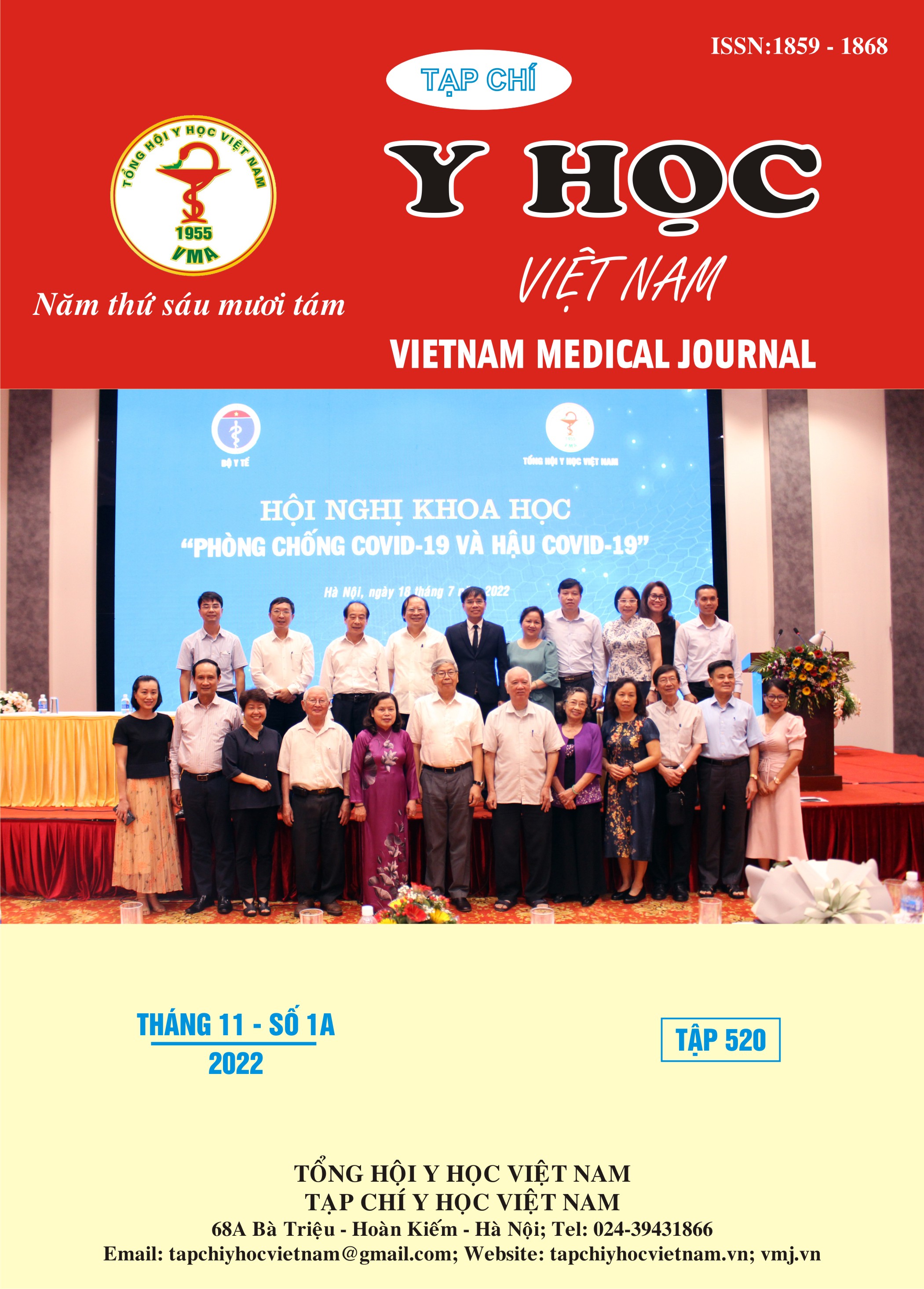CLINICAL CHARACTERISTICS OF TYPICAL SYMPTOMS OF DEPRESSIVE DISORDER IN PATIENTS WITH SPINAL CORD INJURY
Main Article Content
Abstract
Background: Depression is the most common mental disorder in patients with spinal cord injury. Depression affects many aspects such as reducing quality of life, ineffective exercise and recovery, increasing the risk of suicide, especially affecting the recovery process and social reintegration. Objectives: To describe typical symptoms of depressive disorders in patients with spinal cord injury. Subjects and research methods: A cross-sectional descriptive study of 107 inpatients with spinal cord injury and depression who were treated at Rehabilitation Center, Bach Mai Hospital and Minimally Invasive Spine Department, Central Acupuncture Hospital from August 2020 to August 2021. Results: The study subjects sociademographic characteristics: men - 87.9%; average age - 43.25 ± 13.74. There are 32.7% patients with depressive disorder according to ICD10. Depressed mood was the most frequent typical symptoms (100%). Among symptoms of depressed mood, sad mood was the most common (60%) with a gradual onset (71.4%), fluctuating during the day (40%). Some features of reduced interest and enjoyment were often reported, including a partial decrease in interests (70%), social activities (66.7%) and relationships (63.4%) with the nature appearing from from (96.7%) and unchanged for the day (56.7%). Among symptoms of decreased energy leading to increased fatigue, decreased activity, the most common feeling is the feeling of heavy limbs, unwillingness to activity (96.9%), with a gradual appearance (100%) and unchanged during the day (40.6%). Conclusion: Depression was a common mental disorder in patients with spinal cord injury. The most typical symptom was a depressed mood. The main symptoms of depression usually come on gradually and mostly do not change throughout the day.
Article Details
Keywords
spinal cord injury, depression, typical symptoms
References
2. Psychological Morbidity and Chronic Disease Among Adults With Traumatic Spinal Cord Injuries - Mayo Clinic Proceedings. Accessed August 27, 2021. https://www.mayoclinicproceedings.org/article/S0025-6196(19)31094-8/fulltext
3. World Health Organization. Spinal cord injury. Accessed June 4, 2020. https:// www.who.int/news-room/fact-sheets/detail/spinal-cord-injury
4. Depression and Other Common Mental Disorder. Accessed August 27, 2021. https://apps.who.int/iris/bitstream/handle/10665/254610/WHO-MSD-MER-2017.2-eng.pdf
5. Kraft R, Dorstyn D. Psychosocial correlates of depression following spinal injury: A systematic review. J Spinal Cord Med. 2015;38(5):571-583. doi:10.1179/2045772314Y.0000000295
6. Migliorini C, Tonge B, Taleporos G. Spinal Cord Injury and Mental Health. Aust N Z J Psychiatry. 2008;42(4):309-314. doi:10.1080/ 00048670801886080


